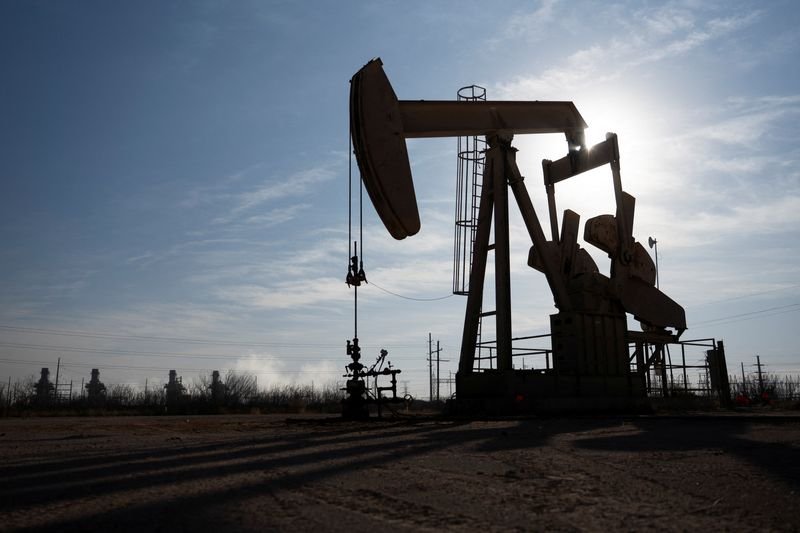Oil Prices Climb Amid Geopolitical Tensions
Rising Oil Prices Explained
On Tuesday, crude oil prices experienced an uptick, driven by tightening timelines surrounding a potential agreement between Russia and Ukraine as pressured by the United States. The deadline has been reduced from 50 days to just about 12, which has heightened concerns regarding supply disruptions. Despite these pressures, Russia appears largely unaffected and continues its operations.
Current Market Prices
As of the latest trading session, West Texas Intermediate (WTI) crude oil for September delivery was enjoying a substantial increase, with prices rising by $2.81, translating to a 4.21% boost, ultimately bringing the price to $69.52 per barrel.
Geopolitical Factors at Play
Back in mid-July, former President Donald Trump warned Russia to conclude its conflict with Ukraine within 50 days or face severe consequences, including significant sanctions. However, Russia’s response has been notably nonchalant. The proposed sanctions suggested implementing a 100% tariff on Russian oil buyers, notably affecting countries like China and India.
Just days prior to this warning, Trump encouraged a quicker resolution, urging for a ceasefire deal within a tighter span of 10 to 12 days. Nevertheless, Russian attacks on Ukraine have persisted despite these diplomatic overtures.
Global Oil Demand and Supply
Russia contributes to about 4.5% of global oil demand, with crude exports reaching 4.68 million barrels per day in June and refined products totaling around 2.5 million barrels per day. On the demand side, the prospect of multiple countries negotiating trade agreements with the U.S. before August 1 offers a glimmer of hope. Such deals are expected to stimulate economic growth, which would likely boost oil consumption through increased energy needs for transportation and industry.
On the supply side, there are expectations that OPEC+ will elevate production levels in August. Furthermore, Venezuelan crude may re-enter the global market as U.S. sanctions were relaxed recently.
Monitoring Economic Signals
Traders are closely watching the Federal Reserve’s two-day policy meeting, which concludes tomorrow, to assess any potential decisions regarding interest rates. Recent data from the U.S. Commerce Department shows the trade deficit in goods has decreased by $10.4 billion in June compared to May. Additionally, U.S. wholesale inventories saw a modest 0.2% increase month-over-month, recovering from a 0.3% decline in the preceding month.
The Redbook Index also indicated a 4.90% increase for the week ending July 26, although the housing index saw a slight drop to 434.40 in May from April’s 435.10.
Upcoming Economic Reports
Analysts are now keenly focused on the upcoming June Personal Consumption Expenditures (PCE) inflation index and the July employment report, both of which are set to be released this week.
Moreover, tensions continue in the Red Sea, where Houthi rebel groups have issued threats against any vessels connected to Israel. The U.S. and Western nations have not taken direct military action in response to these threats, leaving the situation tense but stable for now. As a result, oil prices have not experienced significant volatility at this time.
By keeping track of these geopolitical developments, market indicators, and supply and demand dynamics, stakeholders can better navigate the complexities of the current oil market landscape.
